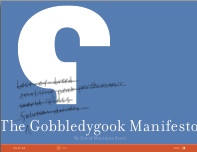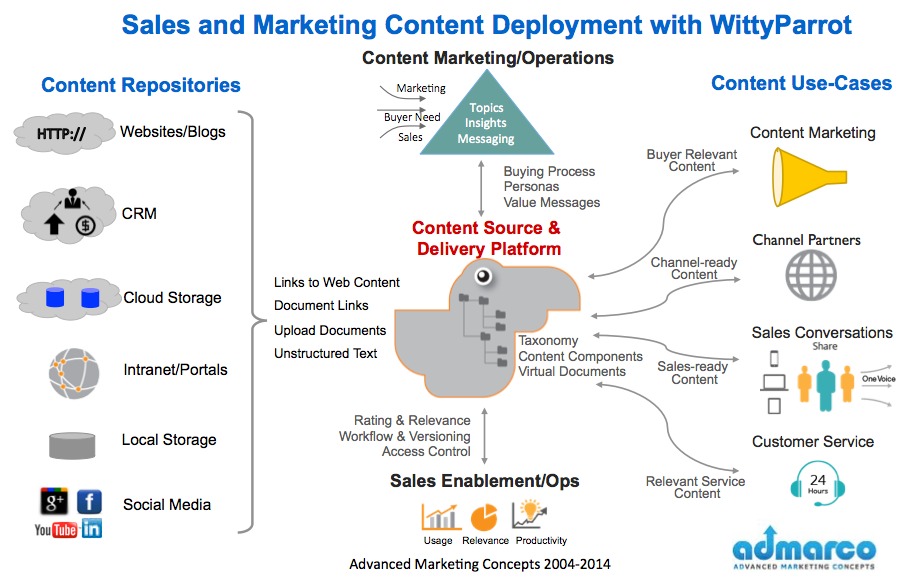NLP has its strong proponents and equally strong detractors in the sales training community. If it can’t be measured it must be bunkum is an oft heard rebuke of NLP.
However the scientific community occasionally publishes something that proves and supports the adoption and use of certain techniques that have long been observed and adopted as part of NLP, and when they do - I like to use it so that the skeptics in the audience have the proof they need to take on that particular belief and use the tools.
I have embedded this 2007 Sociometrics video from MIT Prof. Alex Pentland to introduce concepts being discussed in this article. Pentland and his colleagues have come a long way in their understanding of the dynamics of human communication and group interaction since this video was recorded and there are many other videos and studies published and accessible in a few keystrokes.
Being Human
The New Scientist article entitled Being Human, Volume 195, Issue 2611, July 2007, Pages 36-39. by M. Buchanan, talks of the work of Prof. Alex Pentland in the MIT Media Lab on the unconscious, and how important it is in running our daily decisions.
It appears that although we think we are reasoning out our decisions and choosing our actions deliberately, we may often just be responding more or less automatically to cues in our environment.
choosing our actions deliberately, we may often just be responding more or less automatically to cues in our environment.
In a study at the offices of Vertex in Inverness, UK, one of the world's largest call center companies, Pentland and colleagues were able to predict with 87 per cent accuracy whether an operator's phone call would result in a sale, just from a few seconds of the recorded voice.
Even though only about half the calls overall ended in sales, operators who spoke invitingly, with lots of variation of tone and volume, were almost always successful, regardless of what they said.
Thin Slicing
More disconcerting yet, in studies of people in head- to-head business negotiations over 45 minutes, the researchers found that after analysis of the data captured by the sensors, they could predict with 80 per cent accuracy who would come out on top solely by observing body movements and tone of voice, and then for only a few seconds.
One key social signal in this case was "mirroring", where people unconsciously mimic the gestures and movements of a conversational partner, which shows empathy and understanding.
Those who mirrored most, tended to be most successful. Also important was "engagement", which involves talking more and controlling the pace of a conversation. These signals alone seemed to drive the outcome, while the "reasons" people gave later for what happened - often citing strategy and tactics - seemed unnecessary to explain the outcome.
Steps to Developing Rapport
Mirroring body language and voice patterns
Rapport in humans is unconsciously and automatically created. In sales and in telesales it can be encouraged by subtle mirroring of the buyer’s physiology, their voice tonality and language patterns. Do as little as is necessary to achieve rapport, since it must be very subtle and out of the other person's awareness. And rarely, if ever, mirror gestures. Energy levels and presence are also key to rapport development.
Finding things in common
Incidental conversations from the elevator to the office, visual clues in the buyers office….trophies, memorabilia, family photos, degrees, alma-mater, where the buyer worked before joining, how long they have been in the firm are all openings for naturally engaging a buyer in their interests and lives.
In telesales, conversations on the buyer’s locale, the weather, topical news issues, sporting events, accent or any verbal clues the buyer gives, can be used as openings for rapport development.
Take-aways
- Style is more important than substance initially in developing rapport in communication with others.
- When you pick up the phone, have
your antenna up, and be ready to mirror exactly what you get in the receiver, ditto when you walk into a meeting room with prospects. - Match and mirror volume, speed, tonality, modulation, predicates and rapport develops unconsciously and automatically.
- Mirroring must be subtle and out of the buyers awareness - this is not a game of "Simon Says"
- Control the conversation by asking questions and knowing what you want the outcome of the call to be.
Resources
- Download the Being Human.pdf, New Scientist article, no signup needed.
- Giacomo Rizzolatti - Mirror neurons: from monkey to human (video)
- Marco Iacoboni & Edwin Rutsch: Dialogs on How to Build a Culture of Empathy



